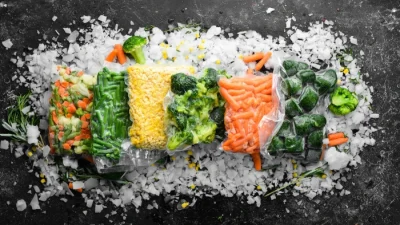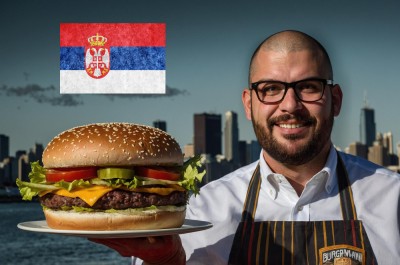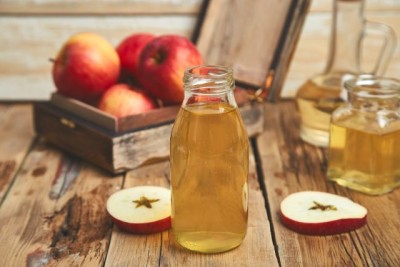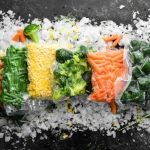Everything You Need to Know About Product Certification
Warning: Undefined variable $post in /home/dietofli/public_html/wp-content/plugins/code-snippets/php/snippet-ops.php(584) : eval()'d code on line 3
Warning: Attempt to read property "ID" on null in /home/dietofli/public_html/wp-content/plugins/code-snippets/php/snippet-ops.php(584) : eval()'d code on line 3
The estimated reading time is 5 minutes
Warning: Undefined variable $post in /home/dietofli/public_html/wp-content/plugins/oxygen/component-framework/components/classes/code-block.class.php(115) : eval()'d code on line 3
Warning: Attempt to read property "ID" on null in /home/dietofli/public_html/wp-content/plugins/oxygen/component-framework/components/classes/code-block.class.php(115) : eval()'d code on line 3
No one ever sets out to create an unsafe product for their consumers. However, without strict protocols, certification, and procedures in place, it’s as far from guaranteed as can be. Even with a food safety certificate and other such procedures in place, it’s still not a guarantee, but it reduces the risk of unsafe products until it’s as close to 100 percent as possible.
If you are involved in any production processes where the final product ends up in the hands of a consumer, you need to go through a product certification. What that certification is can depend on your industry and the goods you produce.
Product certification is essentially about assurance for retailers, manufacturers, and consumers, that you meet all standards of supply outlined in a global program. Below, we cover what else you might need to know about product certification.
Who Can Provide Product Certification?
While food industry knowledge and a food safety certificate can go a long way to ensuring your food and products are up to scratch, you need an experienced and qualified body to confirm it is so. There is a lot of pressure on them to get it right, and they are not going to cut any corners when consumer safety is involved.
The people and businesses involved in product certification are accredited to ISO/IEC 17065. This standard is the requirement for certifying products, processes, and services. It’s also an international standard for competence, ensuring those bodies are up to the task of certifying products globally.
The organizations who perform the certification are Accreditation Bodies, and while they are assessing you, they are under assessment themselves. All Accreditation Bodies go through assessment under the ISO 17011 standard.
What is the Product Certification Process?
The most important thing to understand about the product certification is that verification of compliance or even a specification number doesn’t automatically mean the item is fit for purpose. The group who owns the certification scheme, such as the government or the industry body, must then specify the limits for qualification. After setting them, they must enforce compliance of them.
Once a manufacturer complies with a specific standard of product certification, it’s then on the consumer’s shoulders. The manufacturer has done their part, but the consumer also has to use or consume the product in the way the standard verifies. For example, if you must store something in the fridge at 4 degrees-Celsius or below and you don’t, any resultant food poisoning or ill feelings are on you, not the manufacturer.
There are generally four steps in the product certification process:
- Application - involving testing of the product
- Evaluation - ensuring the test data reflects the meeting of qualification criteria
- Decision - ensuring the second round of test data also meets the criteria
- Surveillance - ensuring once the product is in the marketplace, it continues to comply
What Happens Next?
Often, before a manufacturer requests certification for a product, they send it to a testing laboratory. At the laboratory, they will use their internal testing procedures partnered with certification standards to test the product. The data gathered from the product is sent back to the manufacturer or the product certifier - whichever is agreed upon.
The product supplier will then review that information and the evaluation to ensure the product meets all criteria. If it does, it gets its certification. However, that certificate also comes with a list of guidelines which the manufacturer must abide by to retain that certification. What’s more, it can only be granted by a person or group who was not involved in the product’s evaluation. (1)
What Product Certification Schemes Exist in New Zealand?
All the helpful information you require regarding product certification and even food safety certifications can come from a New Zealand accredited training body. Through such an organization, you can find out about programmes and companies involved in product certification.
BRC, for example, sets the standard for production, packaging, storage, and food distribution. This certification process is of such a high standard that many retailers in the likes of Europe or the UK will only consider stocking products from suppliers who have gained this accreditation. In essence, it’s a form of reassurance that the product is safe, while also saving businesses time and money arranging their own audits.
The Safe Quality Food Program (SQF) is another excellent example of a leading programme for certification and food safety. SQF is global food safety, certification, and management system to meet the needs of both buyers and suppliers. It offers peace of mind that the product has been produced, prepared, handled, and processed using the highest standards in the industry.
Conclusion
There is a lot to know and understand about product certification, and it can take the guidance of an accredited training facility to understand it all. If your business wants to know more about the process and all it entails, then there’s no time like the present to make inquiries. There are plenty of market-leading experts who can answer any questions you may have.
Author’s Bio
My name is Theresa Le Roux, I am originally from Montreal, Canada but I have spent the last 5 years in beautiful New Zealand. I write Digital marketing articles for businesses that want a different perspective on subjects that are important to their content output. I regularly contribute articles to Clickthrough SEO New Zealand. I am a diehard Game of Thrones fan with a passion for novels and live music! My career goal is to one day write a novel of my own. Connect me via email theresa@clickthrough.co.nz.














